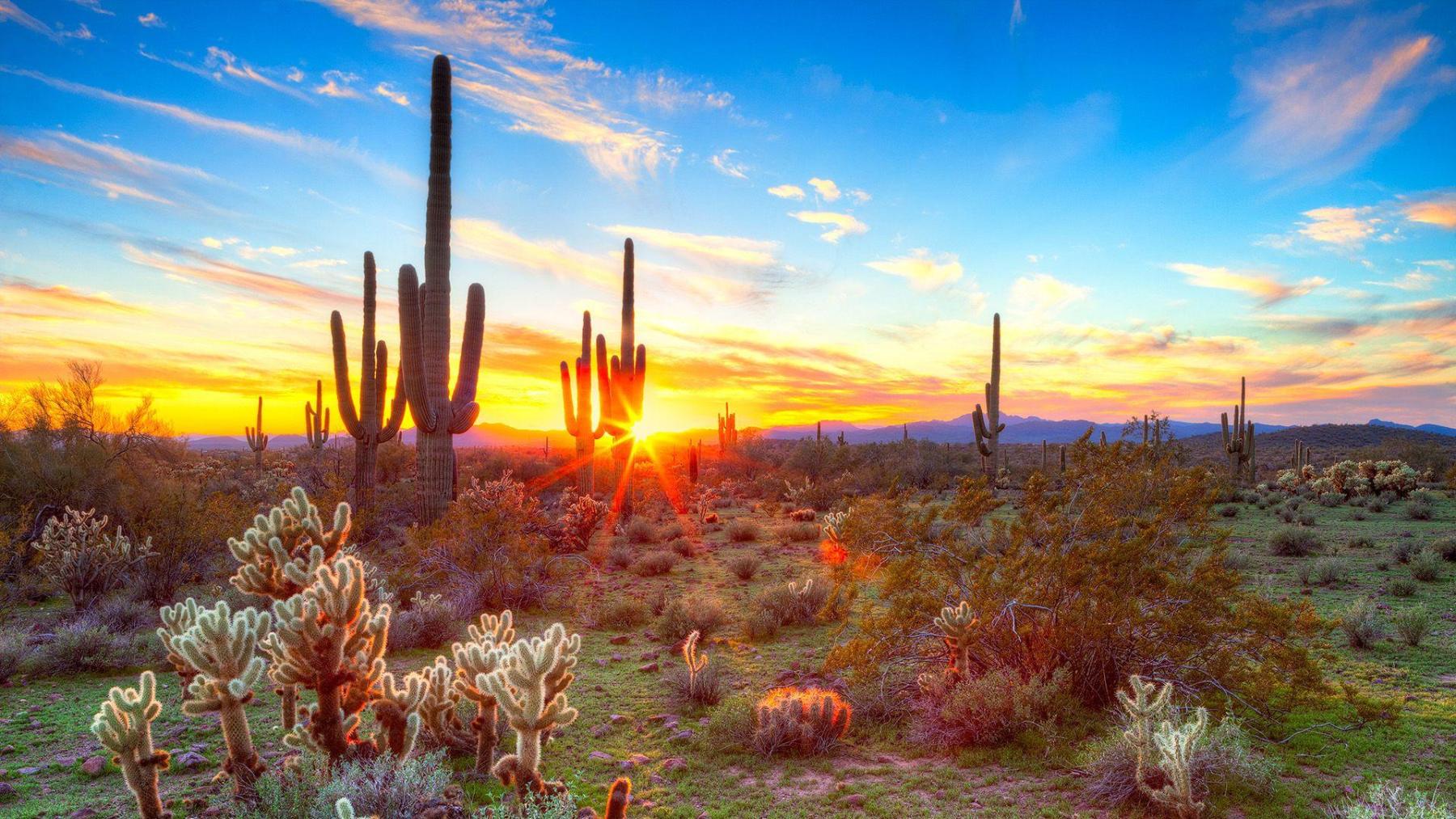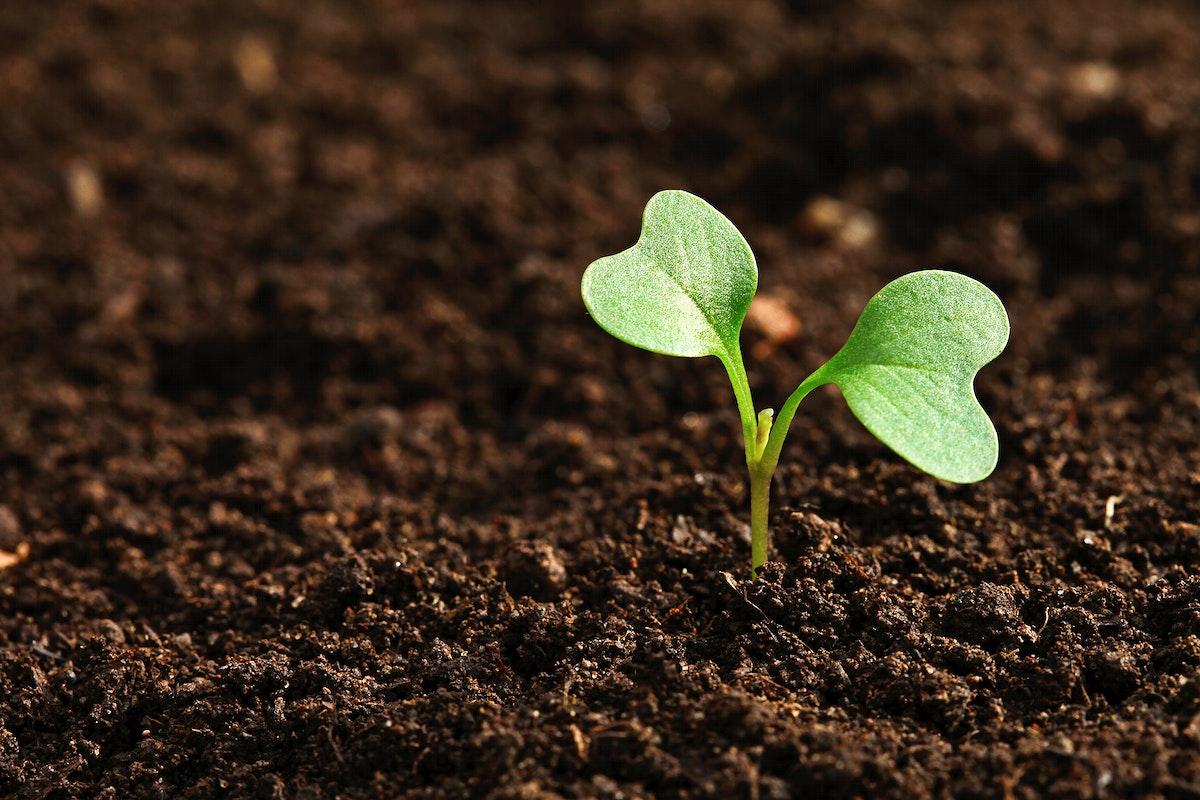
Biomimicry and Conserving Desert Resources Part 2
by Scott Milne
This lesson is the second lesson of a two-part series where students investigate concepts of biomimicry and apply them to the real world with issues like resource scarcity. In this lesson, students expand on Part 1, where they discussed examples of biomimicry and "redesigned" a desert species. Here students will develop an invention with their peers that addresses a resource need. Students will brainstorm ideas for ways that they could address issues with heat, water and other conditions in the desert by using strategies of desert organisms. They will then design a product and present their design to the class.
Lesson Plan Link/URL
https://docs.google.com/presentation/d/1sjJAJTMTXsWv9KluwfiXZts4utvWLcB4/edit?u…Related Content

Grades:
9th Grade, 10th Grade, 11th Grade, 12th Grade
This lesson is designed to introduce the concept of composting and its importance for sustainability and waste reduction. This lesson takes place in a classroom and school garden for two or more weeks

Grades:
9th Grade, 10th Grade, 11th Grade, 12th Grade
This lesson is a follow-up to the lesson titled "Creating Sustainable Solutions with Bioplastics Part 1". In this lesson, students evaluate different ingredients for bioplastics and create a minimum

Grades:
9th Grade, 10th Grade, 11th Grade, 12th Grade
In this lesson students evaluate the advantages and disadvantages of conventional, petroleum-based plastics, bioplastics, and their different varieties. The lesson is driven by class/group research